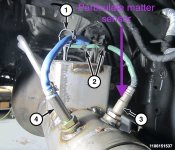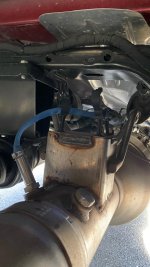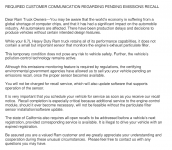Just an update to my last post on this kind of confusing topic. As I noted last week in post #55, my evic DPF screen showed something more than 0% for the first time recently when it jumped to about 25%. Then after towing our TT about 40 miles it was back to zero again. So, the towing must have done that. However, the two DPF related parameters shown in the attached photo of my Banks iDash at startup did not change in the same way:
The PM1% (particulate matter%?) has never left zero, even when the evic DPF went to 25%. So not sure what that is reading?? If it never changes, I guess I will take it off the display as it is useless. Unless it is sensing something that should always be at zero% in which case I will leave it. I think I have asked about that parameter before but I don't recall anyone saying definitly what it is. Does anyone know for sure?
The DPFRG parameter (DPFRegen?) has just continued to climb 1% at a time regardless. I thought that was probably just the percentage of the time passed until the next scheduled regen. But I don't think so now as my engine hours are at 143 so it will do the next 24 hour regen in one hour. It has gone 23 of 24 hours which is 96%, not 75% so I don't know what that one is sensing either?? Does anyone?
Thanks.
View attachment 41766





